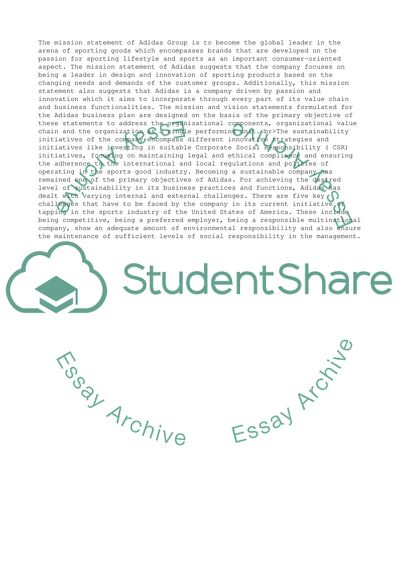Cite this document
(“Sustainable Business and Ethics Thesis Example | Topics and Well Written Essays - 4000 words”, n.d.)
Retrieved from https://studentshare.org/management/1695515-sustainable-business-ethics
Retrieved from https://studentshare.org/management/1695515-sustainable-business-ethics
(Sustainable Business and Ethics Thesis Example | Topics and Well Written Essays - 4000 Words)
https://studentshare.org/management/1695515-sustainable-business-ethics.
https://studentshare.org/management/1695515-sustainable-business-ethics.
“Sustainable Business and Ethics Thesis Example | Topics and Well Written Essays - 4000 Words”, n.d. https://studentshare.org/management/1695515-sustainable-business-ethics.


